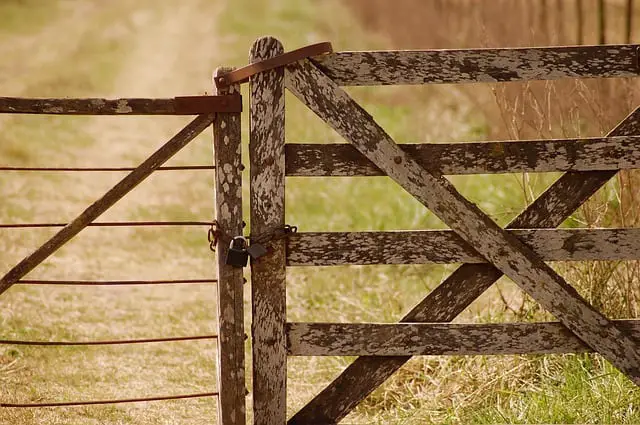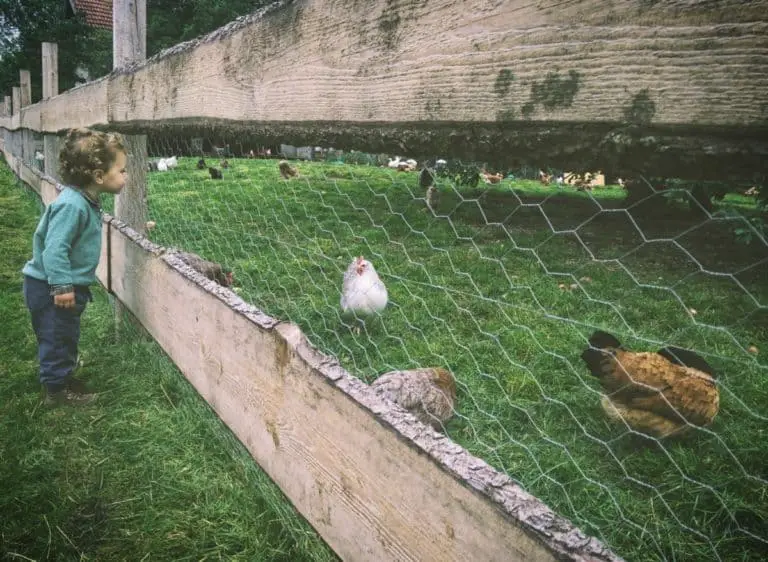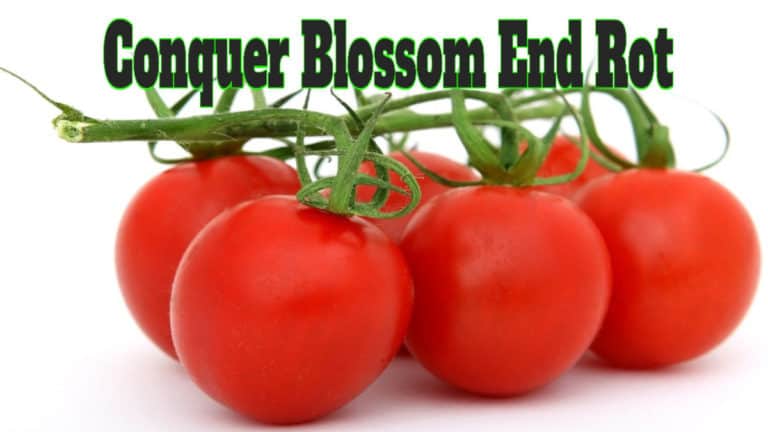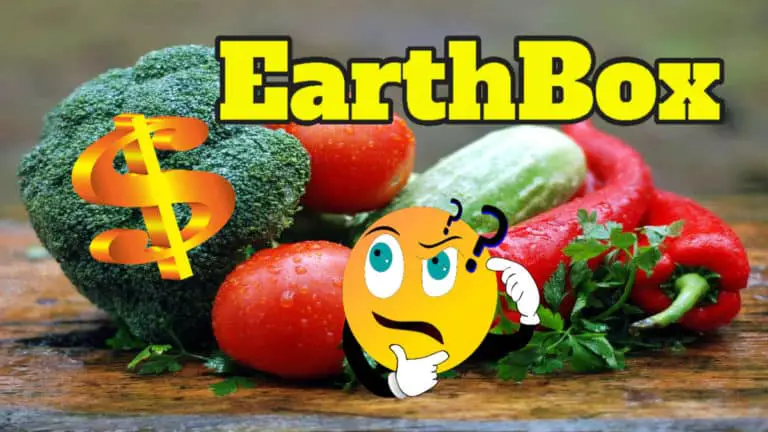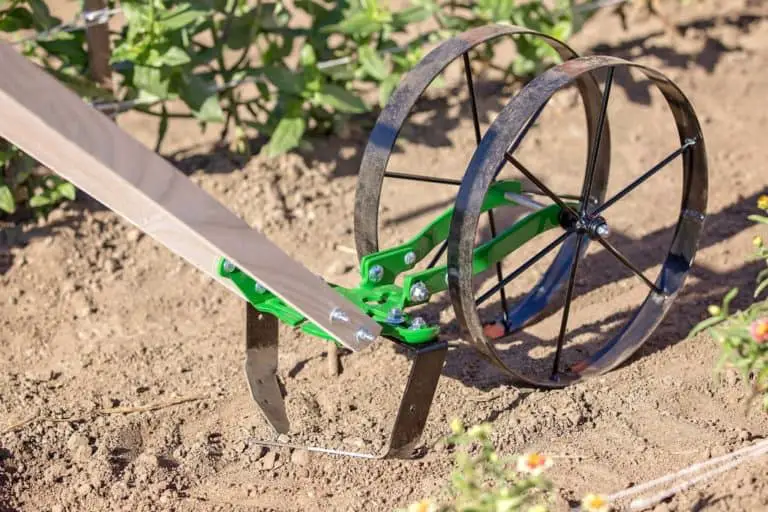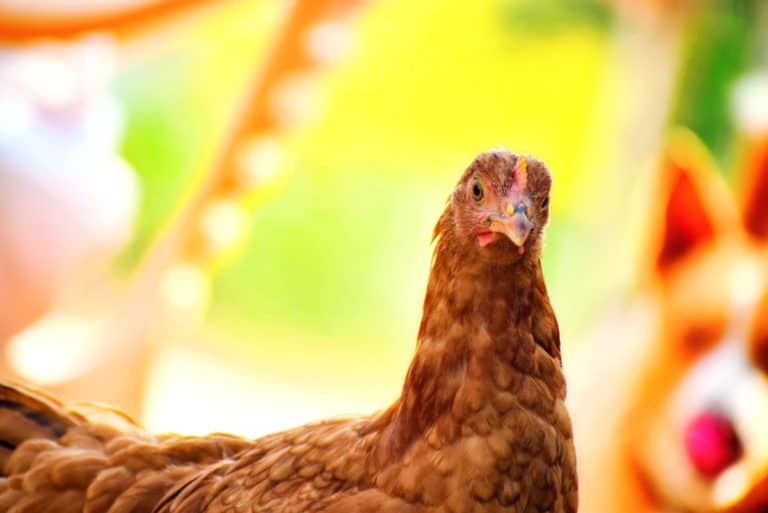

Knowing that all or part of the food you place before your family came from your own hands is one of the most rewarding things you will ever experience. There is a satisfaction that comes from taking part in your own food production that is hard to explain, but very real.
The Backyard Homesteader is someone who is willing to implement a course of action that will allow their family to achieve a lifestyle of self-sufficiency, even if the “homestead” is confined to a small backyard.
We’ll discuss homesteading scenarios that will include, patios, small backyards, small acreages, and larger acreages. All of these settings can and should be considered “homesteads”.
Many long for more than just a manicured backyard. Having a backyard homestead offers endless possibilities.
There was a time when I thought a patio or small backyard couldn’t possibly be considered a “homestead”. But I was wrong. There are a lot of people all across the country who are actively involved in homesteading principals and yet confined to a small backyard. Here are some things that are possible for you to do with your space, whether large or small.
Small Livestock Animals
Many long for more than just a manicured backyard. Whether you are satisfied with a small backyard, or just relegated to one temporarily while you search for more land, there are many things you can do in a small space that would be considered homesteading.
More and more people are raising chickens in their backyards as cities and municipalities begin to loosen regulations that once prohibited them. In fact, raising backyard chickens is really a big thing right now, even in some of the ritzier neighborhoods, as people begin to understand the benefits of getting their eggs from their own coop, rather than from the breakfast aisle at the supermarket.
So, backyard chickens (if your city allows them) are one of the first things to consider. Chickens are easy to raise and unless you have a rooster, they are very quiet. Without question, a rooster will not be welcomed by your neighbors. That is why many cities that do allow chickens will ban roosters. If you like to sleep past 4:30 AM, you will be glad you don’t have a rooster.
I’m sure you’ve heard the expression “Getting up with the chickens” … Well, it’s a known fact that chickens get up well before dawn. Well before. That’s when a rooster starts to do his thing. Loudly.
But a small flock of hens will make very little noise that would disturb your neighbors. Many times, a hen will “cackle” when she lays an egg, but that is usually the only sound you’ll hear from them. They fit very well into a backyard setting and should be one of the first things that you consider for your backyard homestead. And yes, chickens will lay eggs without the need for a rooster. He’s only needed to fertilize the eggs.
Obviously, if you have more than just a backyard, you won’t be as worried about the closeness of neighbors and can have a rooster if you want to. But even at that, I would suggest that you place the chicken house as far away from your bedroom window as possible. Because if you have a rooster, you’re going to receive a wake-up call very early, every morning.
It’s such a nice feeling to gather your own eggs from your own chickens. And, the quality of the eggs is so much better than the eggs you’ll get from the store that there is just no comparison.
You will have to protect them from predators. A few simple measures will keep your flock happy and productive for years to come. Here is a helpful article concerning what to expect from predators and how to control them.
Obviously, many raise their chickens for meat, but unless you are willing to butcher them yourself (which is not hard) you might want to keep chickens just for the wonderful eggs they will deliver to you. Here’s an at-length discussion about raising chickens.
Other small livestock includes rabbits and quail. But unless you are comfortable butchering them (and they are very tasty) you might want to rule them out. Because, unlike chickens that give both eggs and meat, rabbits would be raised almost exclusively for meat.
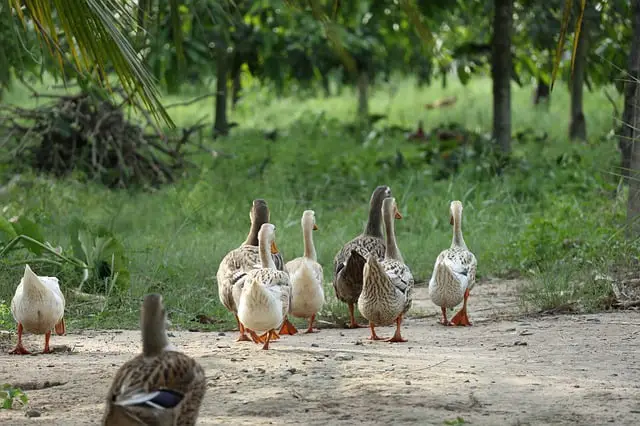
Quail can be raised for eggs as well as meat, but the quail egg is very small. Notice I said rabbits would be raised “almost exclusively” for meat. There is a growing market for live rabbits and for live quail. Rabbits make great pets and are highly sought after for a child’s first pet, so there is a market for raising them without the end result of butchering.
With the popularity of 4-H and other organizations, showing small livestock, there is a need for quality animals for their projects. In addition, Quail eggs are a delicacy and could be sold to local (fancy) restaurants.
Ducks make a great addition as a backyard or small acreage livestock species. Ducks are a little messier than chickens and would benefit from some sort of water feature, but they do eat a lot of grass and bugs and are a lot of fun to watch.
If your homestead is a little larger than just a backyard (and there is no ordinance prohibiting it) consider sheep or goats. Goats can be a little naughty and have a notorious history of getting out of wherever they are held. They do like a good “jailbreak” when they can organize one.
Both sheep and goats really need a partner. Both sheep and goats are “flocking” animals and don’t do well by themselves. They really need to be in the company of at least one other member of their species. They don’t do “solo” very well, so you would need at least two.
I raised sheep for several years and I found them to be very trouble-free. I never had one try to get out the whole time I had them. Some of the fences and gates I had would have tempted a goat for sure, but my sheep weren’t interested in getting out in the least. For that reason and others, I suggest sheep as the next “step-up” in small livestock.
Sheep are basically grass eaters but will eat a lot of weeds and brush too. Goats, on the other hand, are brush eaters, but will eat a lot of weeds and will eat some grass. But the grass is not first on the menu of a goat. They like brush and weeds first and foremost.
So, if your backyard or pasture is nice lush grass, a goat may not be as happy as you would think and might want to get out to find some nice brush to munch. A sheep, on the other hand, will love the sweet grass and also rid your place of any unwanted weeds you have too. I chose sheep, and that would be my recommendation too.
Sheep also have value. With our population becoming more diverse, there is a huge market for sheep and lamb. The Hispanic and Muslim communities love sheep and seek them out for their festivals and religious observations. I’ve never had a problem selling my sheep. I would put an ad on Craigslist and they would be sold quickly. Often in only a day or two.
Gardening
In my opinion, a homestead isn’t complete without a garden. It might be just a few raised beds or an acre “truck-patch”, but it is just about a must if you are going to call yourself a “homesteader”. Most vegetables (and fruit, which we’ll discuss later) will do better in full sunshine, so keep that in mind. If your property is very shaded, vegetables and fruit plants are going to struggle.
There are so many different ways to garden. There are raised bed gardens, container gardens, Back to Eden Gardens, Greenhouse or High Tunnel gardens and traditional gardens to choose from, and more. Let’s take a look at the different methods.
First, if you only have a small backyard or patio, you’ll probably want to look into container gardening. This is a very efficient way to get fresh vegetables from a very small space. The container can be a pot, bucket, or tub as well as some patented planters such as the Earth Box.
My brother showed me a cucumber the other day that his wife grew in an Earth Box and it was absolutely perfect! I was impressed with the quality, size, and conformity of it. She grows a lot of the vegetables in her garden using the Earth Box in their small backyard.
If you have a little more of the “wide open spaces” than just a small patio or backyard, consider a raised bed garden. It’s kind of like the container garden, in that the soil is captive inside a structure (usually).
Raised bed gardens can produce a lot of food and are typically easier to keep than a traditional garden. Weeding, watering and general tending are just easier when the garden is held inside a box.
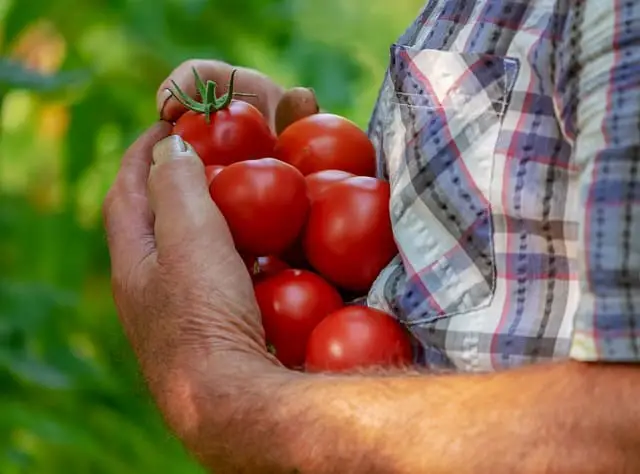
There are many different ways to make a raised bed garden. I’ve seen cement blocks, pallet wood, cross ties, landscape timbers and many other innovative ways to keep garden soil contained in a raised bed.
A word of caution though. Raised beds can take more water to keep them productive than a regular garden. I have a set of raised beds and am amazed at how quickly they dry out after a good watering or rain. If water costs are an issue where you live, keep that in mind. You will have to water a raised bed garden more than a container garden.
Everyone knows what a traditional garden is. We’ve all seen the plowed-up land planted in corn, peas and whatever else the gardener coveted.
Traditional gardening takes a little more time, effort, skill and tools. In my experience, I’ve found that a traditional garden takes a little less water than a raised bed garden.
Depending on how large the garden is, you might need or benefit from Hoes, Rakes, Spades, Wheel Hoe and a plethora of other things. If you need a Wheel Hoe, I’ve got to recommend the Hoss Wheel Hoe line. They have the absolute best products for your garden. Made in the USA the HOSS products are truly heirloom items and can be used for generations.
Go to this link to any you’ll understand my admiration of the HOSS line of products. Or click the Banner on the right.
Another method of gardening that has gained popularity is the Back To Eden method. It comes from a widely acclaimed Video showing a man’s horrid rocky soil being transformed into a rich black composted goodness that produces extraordinary vegetables, as well as fruit. Check out the video, and check out MY experiences with the Back To Eden method of gardening. I think you’ll find it interesting.
Greenhouse Gardening
A greenhouse is defined as: “A structure enclosed (as by glass) and used for the cultivation or protection of tender plants” – Merriam-Webster
Many say that a structure has to be heated to be able to call it a “greenhouse”. Otherwise, (if it’s not heated) they say it’s a “high tunnel”. But that’s not what Ol’ Merriam says is it?
So, keeping that in mind let me tell you about using a greenhouse for growing food.
A greenhouse can extend the growing season of any climate a month or so on each end of the season, by protecting the plants a little longer than they would be if left out in the open. A greenhouse will not (unless heated) keep tender plants alive if the temperatures fall too far.
And yes, you can heat a greenhouse, but it can get very expensive to use gas, propane or electricity to do so.
Most greenhouses are fixed structures. They can’t be moved. But I’ve come up with a Portable Greenhouse that does an amazing job with the added benefit of portability!
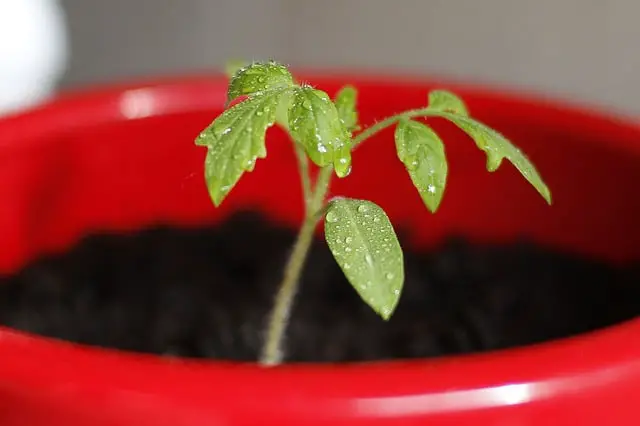
Why is that an advantage? Well, if you are in the hot south, the greenhouse can be moved into the shade during the summer, to help protect plants from the high heats that can develop inside a greenhouse.
Also, since the sun changes position from season to season, having the ability to move the greenhouse to catch the sun in all its positions is a distinct advantage. You can check my Greenhouse on My Greenhouse Page on this website. I think you’ll like it!
Produce Your Own Fruit
If you only have a small space, you may think you don’t have enough land for fruit trees, but you just may be wrong. Many varieties are “dwarf varieties” and don’t need a lot of space between the trees for great production.
Even if the variety is not a true “dwarf” it can be pruned so as to keep it from getting huge and out of control. Here in East Texas, I grow apples, pears, peaches, nectarines, figs and persimmons in a small area. Around 18 trees in all.
The area allotted for my trees is maybe a ½ acre, so yes, it’s a little larger than the typical backyard, but that’s a lot of fruit trees in a small area. It doesn’t take a lot of space to grow a lot of fruit. Since I don’t know where you live, I can only speculate what you would want to plant, but here are some suggestions.
First of all, find out what Zone you are in. I’m in Zone 8. It has a lot longer growing season than a northern zone. But, in the northern areas, you can grow lots of things even better than I can.
Apples for instance. Apples are really a northern crop. I mean, Johnny Appleseed didn’t take a detour into Texas. He pretty much stayed up north. So if you’re up north, y’all (that’s what we say down here) can grow much better apples, and even a lot more different varieties of apples then we can down here.
So, take advantage of it. Grow apples. Down here in lonely Zone 8 we are limited to apples that need lower “chill hours”. That means it doesn’t have to get very cold or stay very cold for near as long, for the apple to “sleep it off”, and come back to life in the spring and produce a crop.
Other fruit trees will do well in your area too. You will just need to do a search for things that do well in your Zone. Your local Agriculture Extension Agent’s office is a very valuable resource for that. Use it. You pay for it!
Two of my favorite fruits to grow are quickly becoming persimmons and figs. They are so care-free. They have very few pest problems and produce a great crop of sweet, tasty fruit.
Figs are a little cold intolerant, so they might not do well too far north, but there are varieties that have been developed just for the northern climates, like the Chicago Hardy Fig. Even if a Chicago Hardy fig tree freezes all the way down to the roots, it will usually come back to life and produce a crop the same year. Figs are great!
Persimmons are one of the easiest trees to grow and keep. The skin is very thick so most bugs won’t even mess with them. If you haven’t eaten a persimmon, go to the store (it might have to be a “fancy” store) and see if you can find one. They are one of the sweetest fruits you could grow and are delicious.
Persimmon trees can get large but can be pruned to stay small enough to reach the fruit when pickin’ time comes. Here’s an important article detailing the planting and care of fruit trees on your homestead.
Vining Fruits
Blackberries are a favorite with just about everyone. They are so easy to grow and so very nutritious. Only a few plants will give a generous amount of blackberries for your family, and the kids just love to pick them fresh off the plants.
I had a small commercial blackberry business for a while that allowed folks to come and “pick their own”. So many came and commented on how enjoyable it was. Children love to pick the fruit, and you might just be inspiring the next generation of gardeners.
Blackberries can also be a profitable crop when done on a larger scale. One Texas A&M report says that they can produce up to $20,000 per acre.
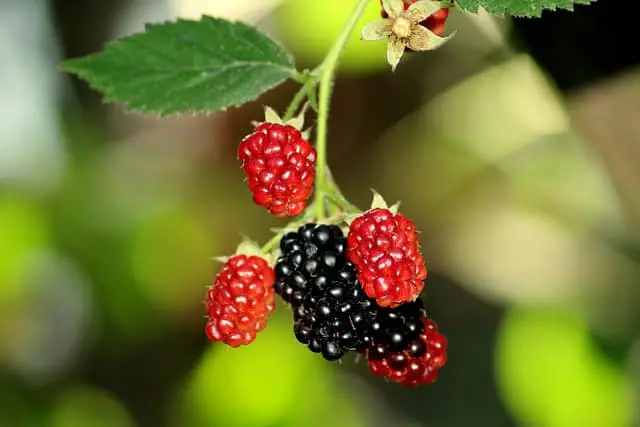
Consider raising some blackberries on your property. I think you’ll enjoy this article I wrote about the care and raising of blackberries. And another article listing my Favorite Varieties of Blackberries.
Grapes and Muscadines are also great fruits to grow. If you do have a small space, consider these two. They can be grown on your fence, so they don’t take up a lot of space. The only thing you’ll have to worry about is your neighbor snitching a few.
Some Muscadine varieties do well as far north as Zone 6 but really do well in the hot and humid south. Again, check with your Extension Agent’s office to see if they will grow in your climate.
I hope I’ve convinced you that even your small backyard has so much potential and can be the birthplace of your homesteading experience. Get busy and start producing food for your family. You will have a great time doing so, and your family will be blessed because of it.
I have around 800 videos dealing with just about every aspect of Homesteading. You can find them all HERE.

